How to make coffee by hand? What are the key points to pay attention to in practicing hand flushing?
Professional coffee knowledge exchange more coffee bean information please follow the coffee workshop (Wechat official account cafe_style)
"I've been playing with my hands for more than a year, and the quality of the coffee is good from time to time, and most of it is not very good, so I don't dare to drink it to my friends. How on earth should I practice making coffee by hand?"
Similar questions have been asked many times, and there are several common phenomena observed. Let's share them with you today:
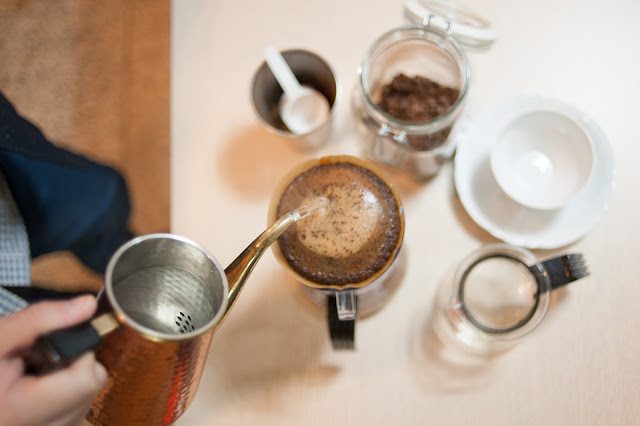
Rotten fish can't cook a good dish, so stop using expired coffee beans!
In the beginning, we in the qiong province (bi) usually think that we should practice with cheaper beans first. It doesn't hurt even if it's washed out.
So when you practice, you will practice with coffee beans that have been kept for a long time or cheap bags of commercial coffee beans in the supermarket. If you want to practice and then make good beans, the result will always be raw.
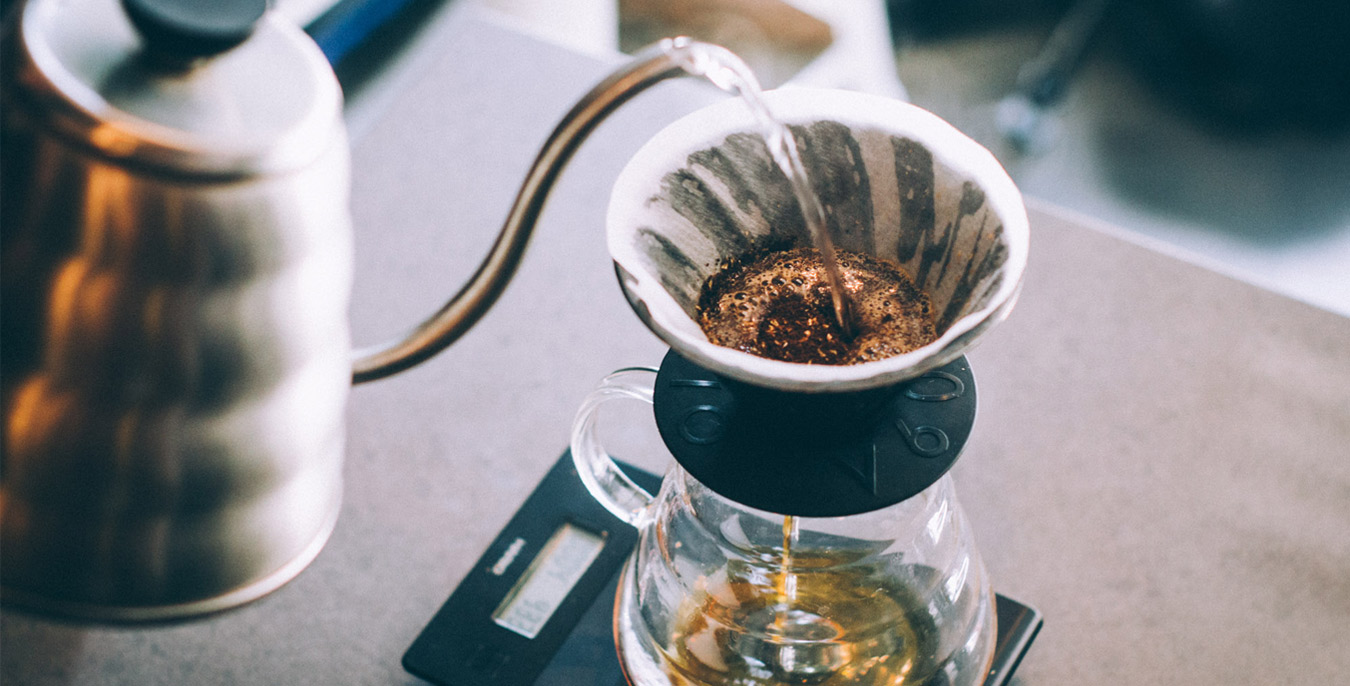
Save a little money and spend a lot of money, save the wrong place and go the wrong way.
Today, if you are a rookie who is adept at flushing a pot or turning on a bean grinder for the first time, you simply need to simulate the preparation process of hand flushing or Italian filling, then there is no problem using cheap coffee powder as a test simulation.
But if you're going to practice making admirably delicious coffee today, you can't use cheap, expired coffee that is tasteless and exhausting. The purpose of hand brewing is to flush out the beautiful aroma and taste of the coffee, so if you use commercial coffee with little flavor change, you will not be able to effectively drink the difference of your practice. Because no matter whether it's good or bad, it tastes pretty bad, so you'll never know if you're right or not.

What about fine coffee that is of good quality but has been kept for a long time? (kept it for a year or something)
Unless the coffee beans preserved by pressurized anaerobic and other special methods can maintain the aroma and prevent exhaust, most of the coffee beans normally preserved and opened have been completely exhausted and oxidized, and the aroma has long gone away, leaving only a little flavor. When the beans without gas are brewed, they will soon absorb enough water and deposit at the bottom of the filter, causing blockage and making the coffee bitter.
And the change and stirring of the powder layer is also a very important observation point, and losing the opportunity to observe the powder layer will greatly reduce the effect of the practice.
Therefore, to find a trust or door-to-door taste of the store, to buy a bag of fresh, quality boutique coffee beans, is the right way to practice. If you can drink from the store first as the direction of practice, it will also be a simple and clear practice goal.
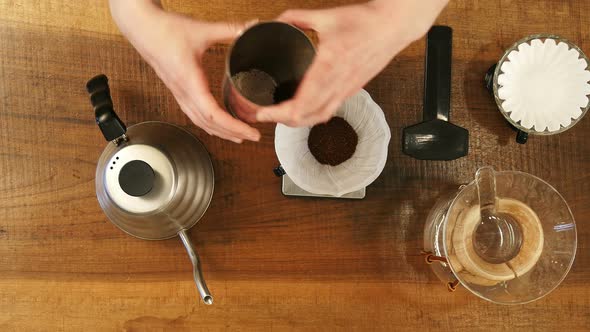
If you can't do a good job, you'll adjust the parameters. You'll never know if the parameters are wrong or your hands are shaking.
"hundred people and all flavors" is the charm of hand-brewed coffee and a source of annoyance. As long as the same beans slightly adjust the grinding thickness, brewing water temperature, powder water ratio, etc., there will be obvious flavor changes and taste differences, many people when the coffee is not satisfied, they arbitrarily adjust the grinding thickness and brewing water temperature, as if playing with the ultimate password, the number is right (? ).
In fact, many people know that it is best to adjust only one parameter at a time, especially when practicing and testing flavor, but they often forget that "oneself" is also an important parameter.
From time to time, we see some questions and answers in the fan exchange group:
"the flow rate is too fast and the time is too short. Shouldn't we grind it down a little bit?" "well, it's one of the ways."
As a result, the next one becomes too long and clogged. Why?
Because subconsciously felt that the last cup was too fast, and the use of finer and slower water injection, resulting in siltation of the powder layer, slow water discharge. Do not realize that their own water injection suddenly large and small, fast and slow, each water injection is unstable, but constantly adjust the parameters, of course, it is difficult to know what the problem is, resulting in each cooking is an unknown state.
First stability, then change.
The same beans, each time there will be a different flavor show, good to hear is the level of change, not good to listen to is not stable.
Before you are not familiar with the influence of various parameters, you can use the suggested parameters of the store as the basis, first use the feasible parameters as exercises, and wait until the flavor outline can be stably mastered, and then adjust the parameters to find the best sweet spot. It will be a relatively stable practice direction.
Article source: Wood-burning coffee roasting studio
END
Important Notice :
前街咖啡 FrontStreet Coffee has moved to new addredd:
FrontStreet Coffee Address: 315,Donghua East Road,GuangZhou
Tel:020 38364473
- Prev
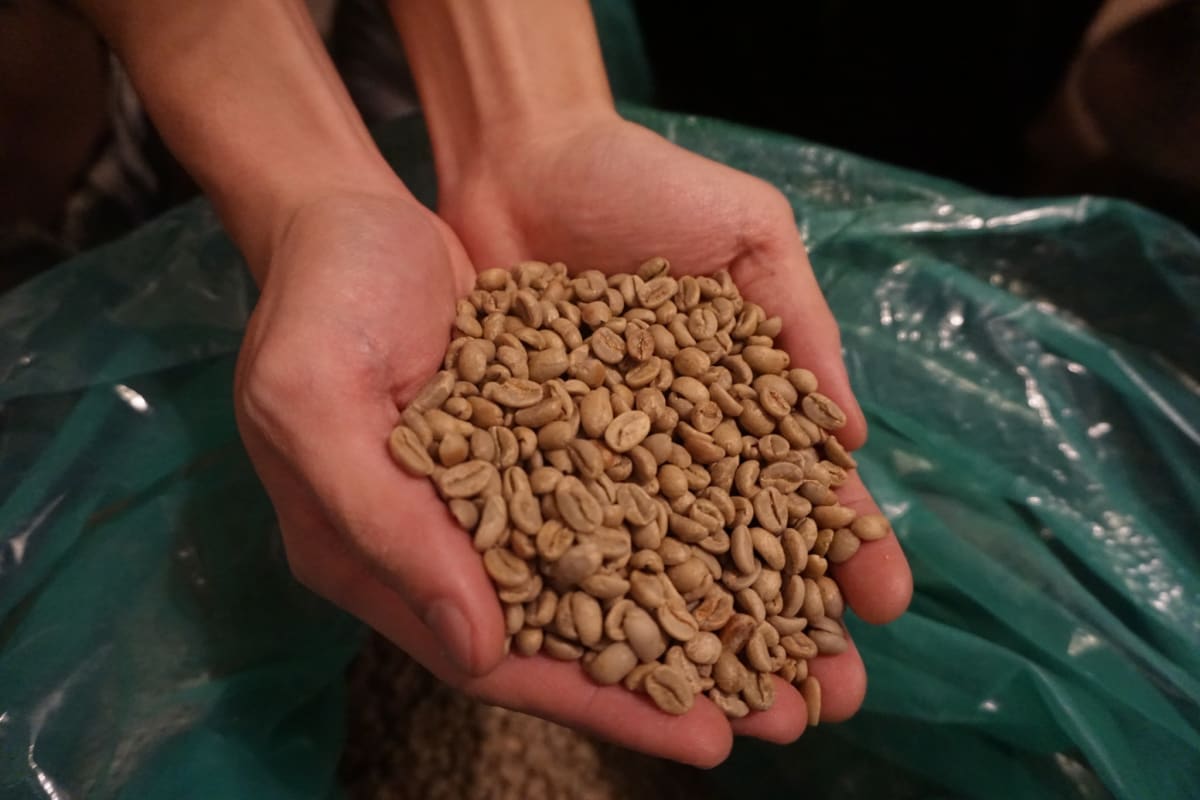
[coffee roasting] what are the chemical changes in coffee beans during roasting?
Professional coffee knowledge exchange more coffee bean information please follow the coffee workshop (Wechat official account cafe_style) do you know what happens when roasting coffee beans? What are the chemical changes that transform raw coffee beans into coffee ripe beans with charming flavor and rich aroma? In the previous article, we saw that the structure of coffee beans plays an important role in the roasting process.
- Next
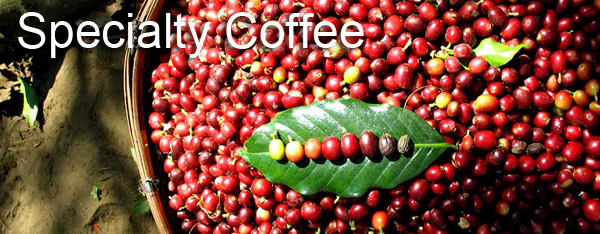
The wrong Chinese translation of coffee nouns _ Espresso is not espresso?
Professional coffee knowledge exchange more coffee bean information Please pay attention to coffee workshop (Wechat official account cafe_style) Coffee is a very new product for all mankind. No one on the earth drank coffee just 900 years ago. Compared with wine and tea with a history of thousands of years, we can see the immature history of human roasting, brewing and drinking coffee. Relative to the coffee history of all mankind
Related
- Beginners will see the "Coffee pull flower" guide!
- What is the difference between ice blog purified milk and ordinary milk coffee?
- Why is the Philippines the largest producer of crops in Liberia?
- For coffee extraction, should the fine powder be retained?
- How does extracted espresso fill pressed powder? How much strength does it take to press the powder?
- How to make jasmine cold extract coffee? Is the jasmine + latte good?
- Will this little toy really make the coffee taste better? How does Lily Drip affect coffee extraction?
- Will the action of slapping the filter cup also affect coffee extraction?
- What's the difference between powder-to-water ratio and powder-to-liquid ratio?
- What is the Ethiopian local species? What does it have to do with Heirloom native species?

